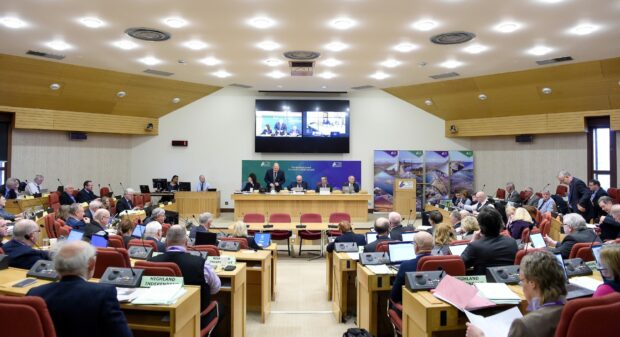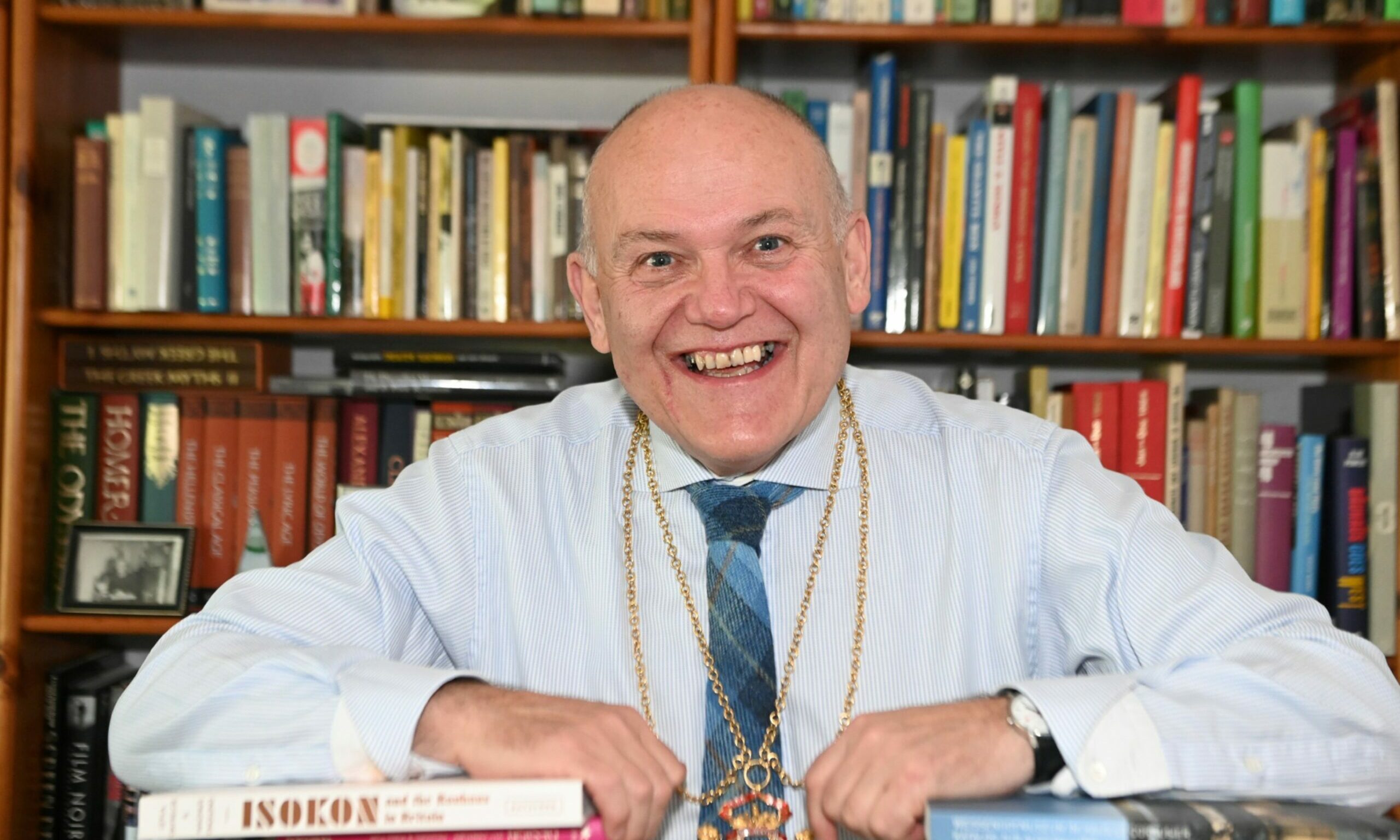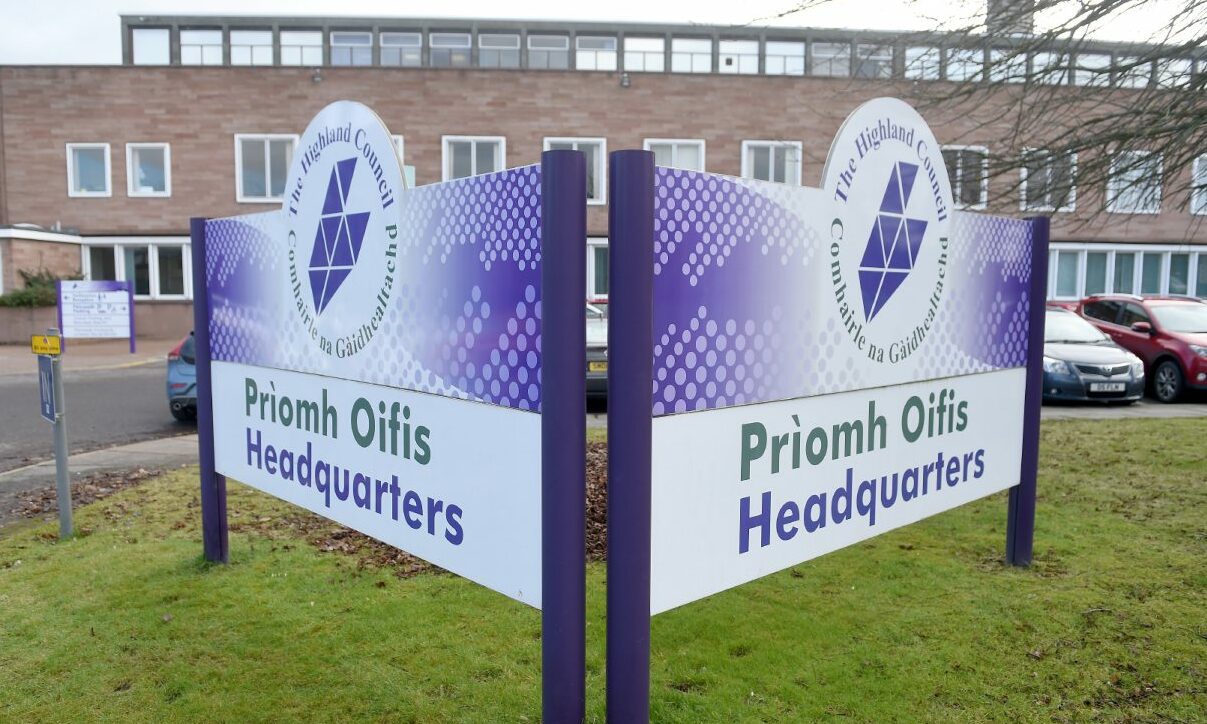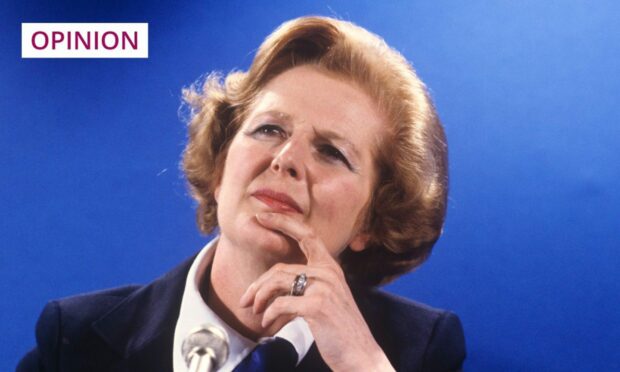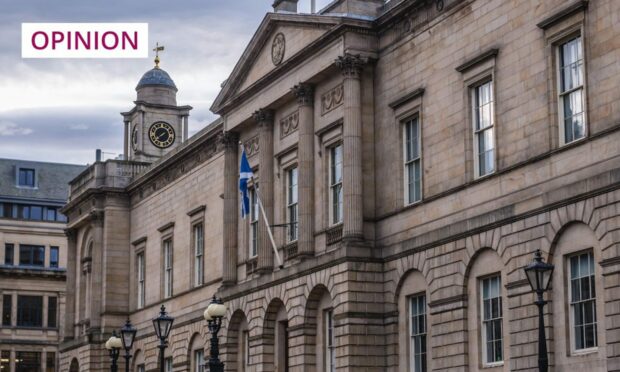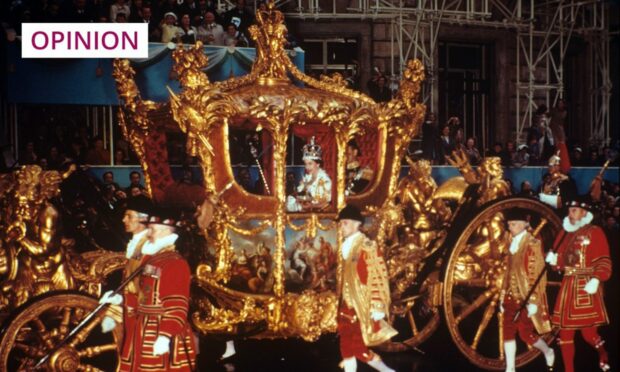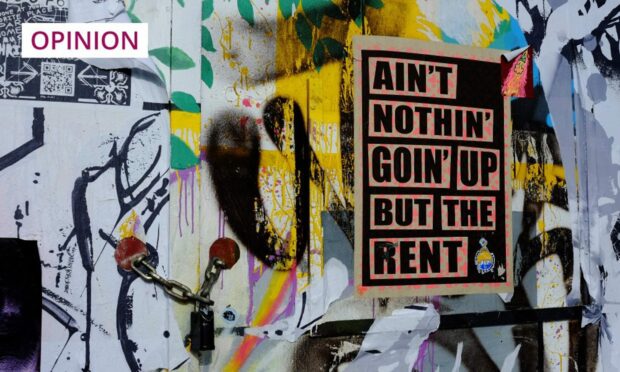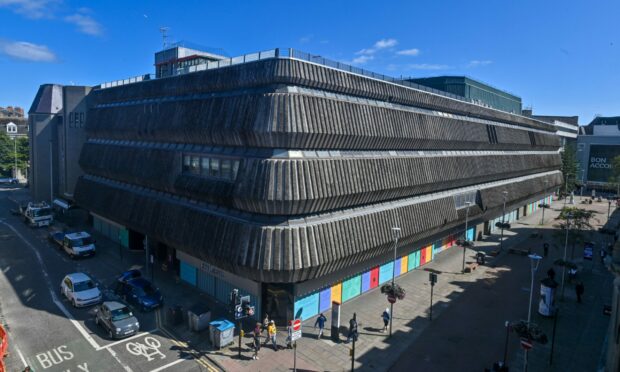Speaking as campaigning in Scotland’s local elections was getting underway, retiring Skye councillor John Gordon said that islanders, in his experience, are increasingly in favour of Highland Council – presently in charge of an area stretching from Ardnamurchan to Caithness – being broken up into smaller units.
Days later, it was revealed that, when polling day comes round on May 5, several parts of the north will have no elections – candidates having already been returned unopposed.
Like Mr Gordon’s comments, this lack of folk prepared to stand for office is a pointer to local government in Scotland being in a far from healthy state.
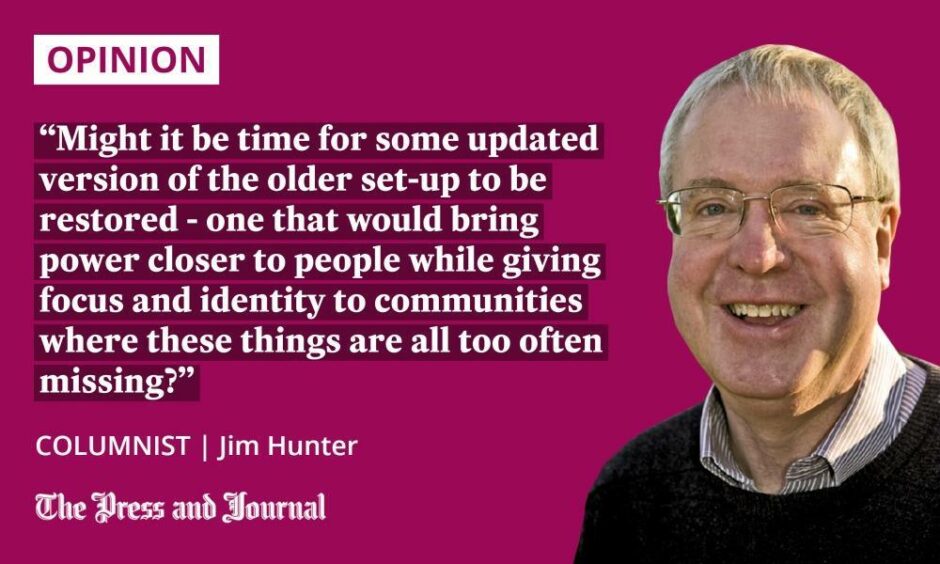
A key cause, surely, is one that Mr Gordon highlights in the case of Skye. Whatever else may be said about our local authorities, it’s an inescapable fact that they aren’t very local.
Highland Council’s Inverness headquarters is over 100 miles by (often not very good) road from many of the communities the council is meant to serve. And, though distances of that sort aren’t replicated elsewhere, there are few, if any, places in Scotland where local government is felt to be locally rooted, locally responsive, locally in charge.
It doesn’t have to be like this.
Can we do it like the Italians?
An alternative approach is highlighted by a video that went viral internationally in the early weeks of the pandemic. Compiled from phone footage shot in towns and villages across Italy, it’s illustrative of the tactics used by Italian mayors looking to enforce the country’s first lockdown.
These tactics, in some instances, were nothing if not brutal. Lockdown-breaking individuals are called idiots and worse. People attempting to argue that they need to visit their hairdresser are told that fancy hairstyles don’t matter much to the dead.
But what’s striking from a Scottish perspective is that all sorts of Italian communities, big or small, rural or urban, have elected officials who wield real power and who are sufficiently recognisable and authoritative to be able to command instant attention.
In all of Scotland, we have just 32 councils. Italy, in contrast, has more than 8,000 communes. Each commune has an elected council of between 15 and 80 members. And each council has a mayor.
Communes run all sorts of public services. They’re also entitled to have their own police forces. And each one of the country’s mayors – irrespective of whether they’re in charge of a thinly-populated district in the Apennines or a major centre like Milan – is equipped, in principle at any rate, with the same suite of powers.
Scotland, not all that long ago, had its own equivalents of Italian mayors. We called them provosts. They, too, were figures of some local substance. And, as in Italy, they headed up the locally-elected councils that ran, not just cities such as Aberdeen, Edinburgh or Glasgow, but numerous small towns like Banchory, Inverurie, Banff, Forres, Stornoway, Oban, Dingwall, Dornoch, Wick and Thurso.
This entire structure, along with smaller county councils like Sutherland and Banffshire, was swept away in the 1970s – usually in the name of a cost-effectiveness that, in practice, has proved difficult, if not impossible, to deliver.
We take away local power rather than strengthen it
Might it be time for some updated version of the older set-up to be restored – one that would bring power closer to people while giving focus and identity to communities where these things are all too often missing?
Why this should be done is set out in some detail, as it happens, in a recently-issued white paper from the UK Government – the white paper that makes the case for what Conservative ministers call “levelling up”.
National politicians have, for decades now, been guilty of taking away, rather than strengthening, the powers and responsibilities of local government
Britain, the white paper recognises, “is one of the most centralised countries in the industrialised world”. This, the white paper continues, needs changing, in order to “restore a sense of community, local pride and belonging in those places where they have been lost”.
That means “empowering greater numbers of local leaders” in order to provide “the general public” with “greater control” – to be achieved “by more decisions that shape their local area being taken closer to home”.
These are laudable ambitions. But there’s no very strong reason to think they’ll be acted on with any urgency.
Whether in London or Edinburgh, and irrespective of which political party has been in charge, national politicians have, for decades now, been guilty of taking away, rather than strengthening, the powers and responsibilities of local government.
Sadly, Skye’s not likely to have its own elected authority, nor are Banchory or Banff likely to get back their town councils and provosts, any time soon.
Jim Hunter is a historian, award-winning author and Emeritus Professor of History at the University of the Highlands and Islands
